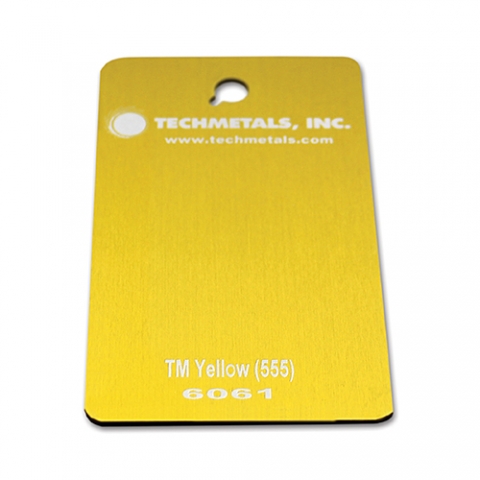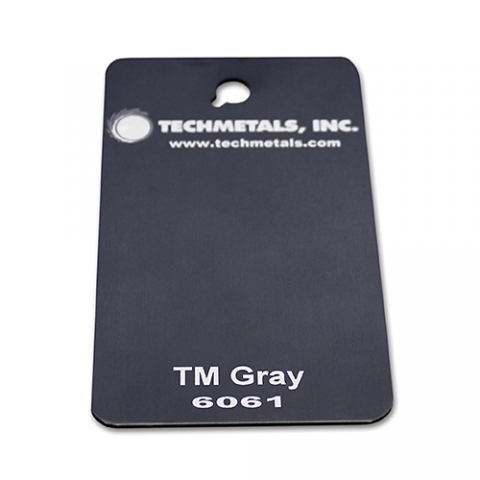Aluminum Anodize, Type 2
Aluminum anodizing is an electrochemical process that converts aluminum into a durable, corrosion resistant, anodic oxide finish. The metal substrate is considered the “anode” in this electrolytic process, which is why we use the term anodizing. An electrical current is passed between the metal and a cathode – usually flat, aluminum bars in a sulfuric acid bath – producing an anodic oxide.
This aluminum oxide is not applied to the surface like paint or plating, but is fully integrated with the underlying aluminum substrate, so it cannot chip or peel. It has a highly ordered, porous structure that allows for secondary processes such as coloring and sealing. Anodizing is, therefore, a matter of highly controlled oxidation — the enhancement of a naturally occurring phenomenon.
Anodized finishes have made aluminum one of the most respected and widely used materials today in the production of thousands of consumer, commercial and industrial products. Aluminum Anodize coating thickness penetrates 50% into the surface of the substrate and 50% on the surface where there is some growth. (i.e. coating thickness of .001” per side will grow by .0005” per side or surface)
Coating Specs: MIL-A-8625 (Type II) | AMS-2469 | AMS-2471 | AMS-2472 | ASTM-B-580 | Medical Validated Lines/Processes
Sulfuric Acid, Type II Anodize (MIL-A-8625) Technical Advantages:
- Corrosion Resistance and provides good abrasion resistance
- Variety of colors: Red, Fire Red, Blue, Black, Olive Drab, Tan, Gold, Blue Gray & Gray (*Other colors can be added)
- Adds durability
Click here for complete information, specs and downloads…
Request a Quote…



















